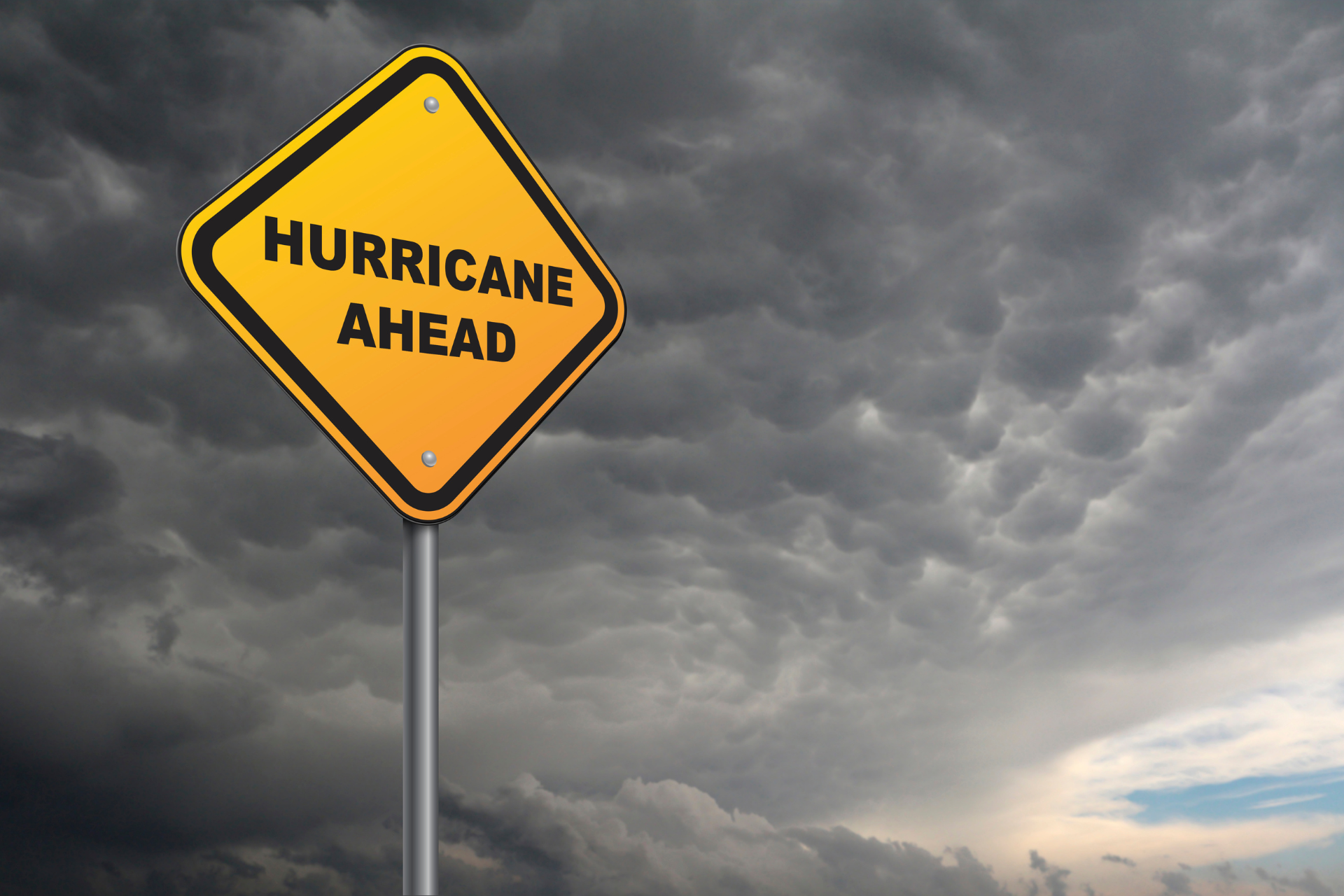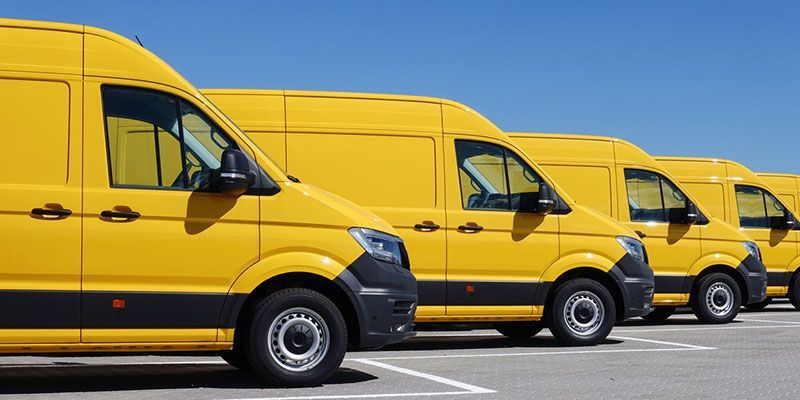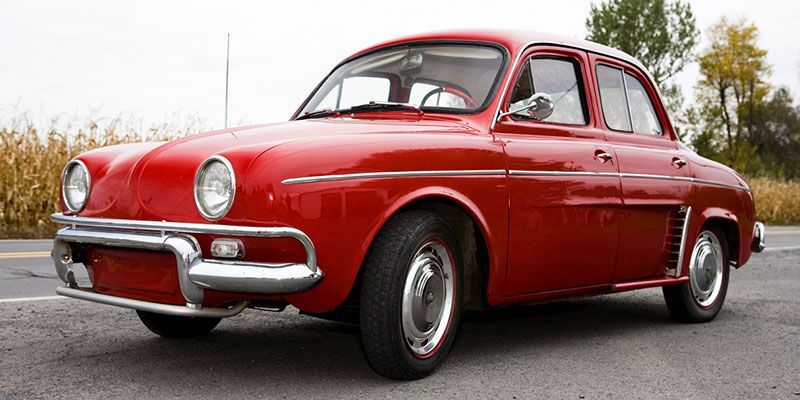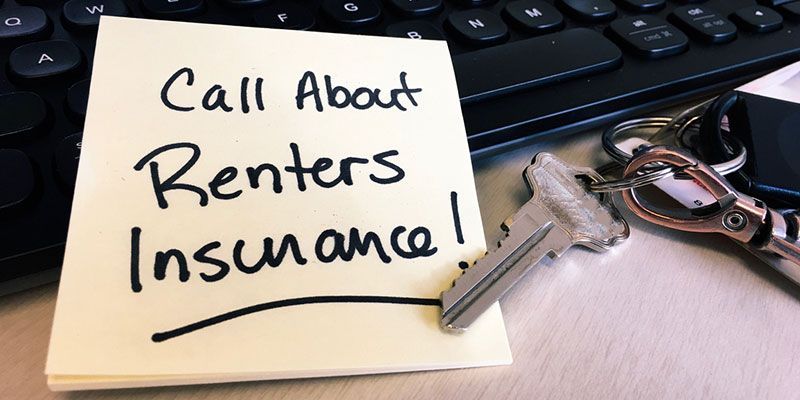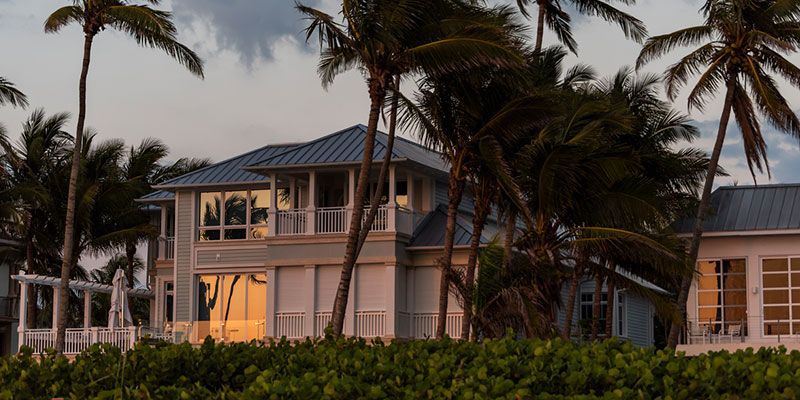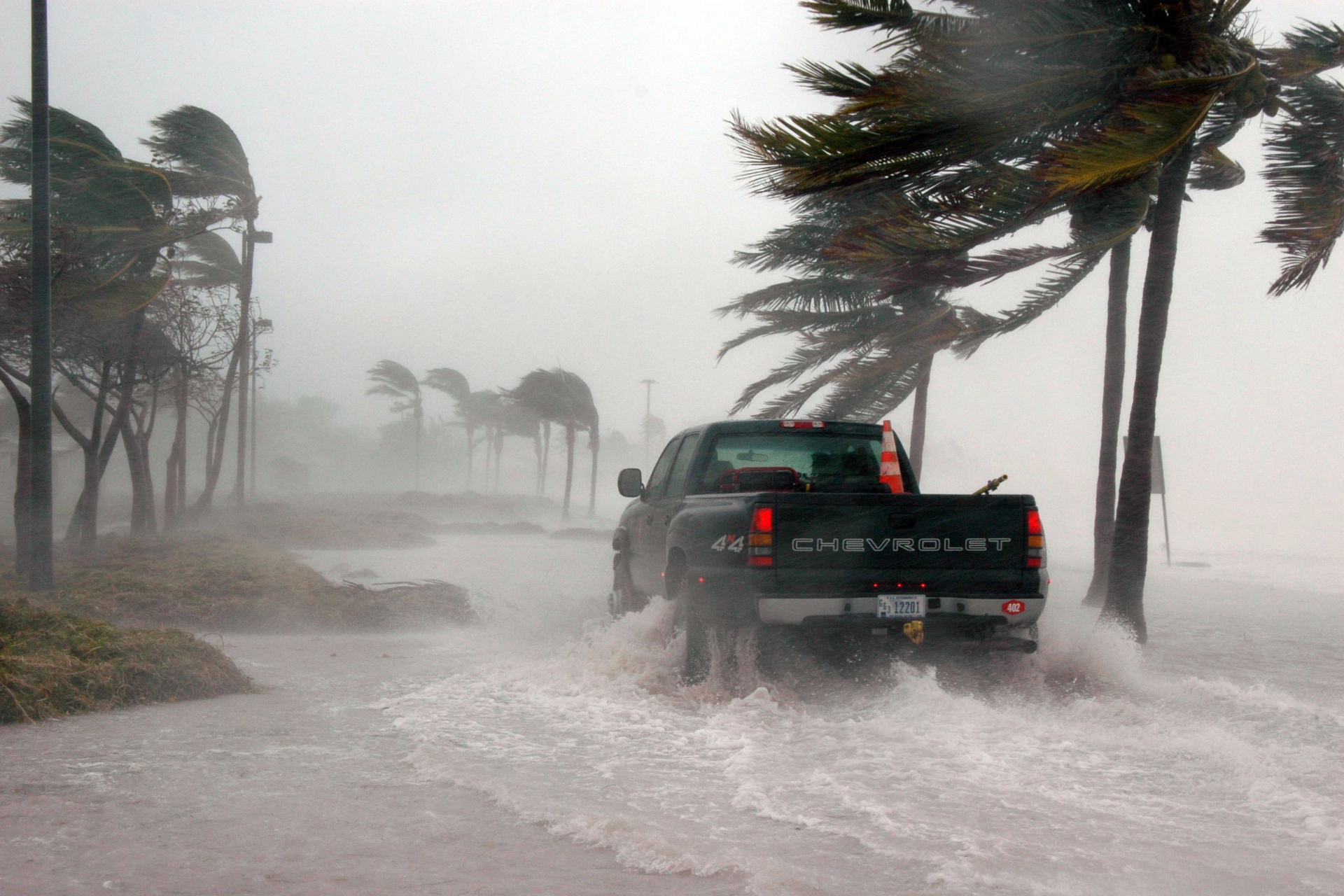What is Vacant Dwelling Insurance and Why Might You Need It?
In our experience here at Mr. Auto Insurance, many people find the world of insurance confusing, and one of the main causes of this confusion is the fact that there are so many different types of policies. For example, you are probably familiar with homeowners’ insurance, which is designed to protect your primary residence, but you may not be aware of the existence of vacant dwelling insurance , which protects secondary properties such as vacation homes. In this article, we’ll provide an overview of what vacant dwelling insurance does and how to tell if you need it.
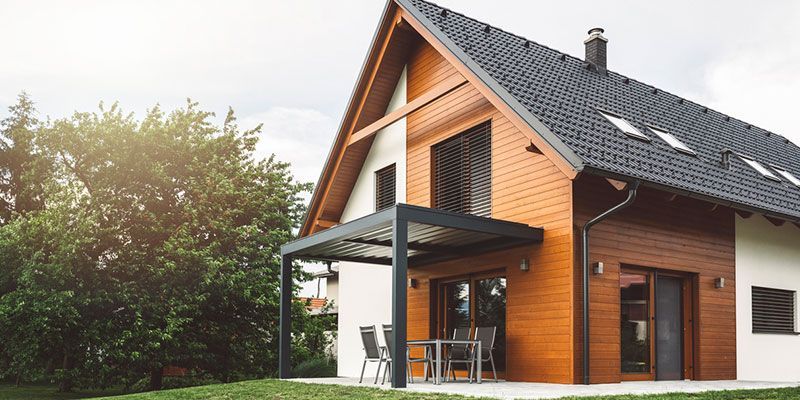
Vacant Dwelling Insurance Basics
Your homeowners’ insurance is designed to protect the home you live in, and your policy may not extend to a vacation home or rental property that is used only some of the time. If you have a secondary property that is vacant most of the year, you may need vacant dwelling insurance to fill that gap in your coverage. Vacant dwelling policies are used to cover properties that are not being lived in full time for any reason—for example, if the place is being repaired or renovated, in the process of being sold, etc.
How to Tell if You Need Vacant Dwelling Insurance
In order to figure out whether you need vacant dwelling insurance, you need to determine when your insurance company starts considering a home to be vacant—some companies consider a property to be vacant if no one has lived there for 30 days, while others don’t apply the vacant label until 60 days have passed. In addition, it’s important to know that insurers distinguish between a vacant dwelling and an unoccupied one: if your stuff is still there and you could return to live in the house at any time, it’s unoccupied, but it the house is empty, it’s vacant.
The post What is Vacant Dwelling Insurance and Why Might You Need It? first appeared on Mr. Auto Insurance.

